Amazing! This Man Turned An Airplane Into His Home
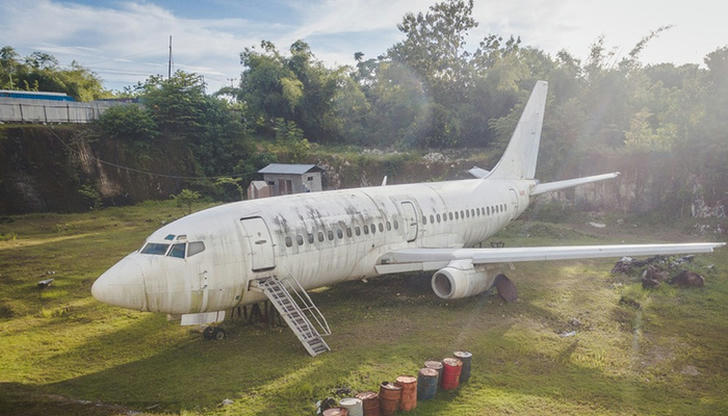
Airplane is one of the common transport vehicles, but have you ever imagined what would be like to live in it? A former electrical engineer named Bruce Campbell bought a retired Boeing 727 in 1999 and turned this airplane into his home in a forest in Oregon.
It doesn't get much more spectacular than this home conversions—complete with a cockpit, airline seats, and flight controls. Let's see how this innovative homeowner raised the bar for house building.
A New Life Of Retired Plane
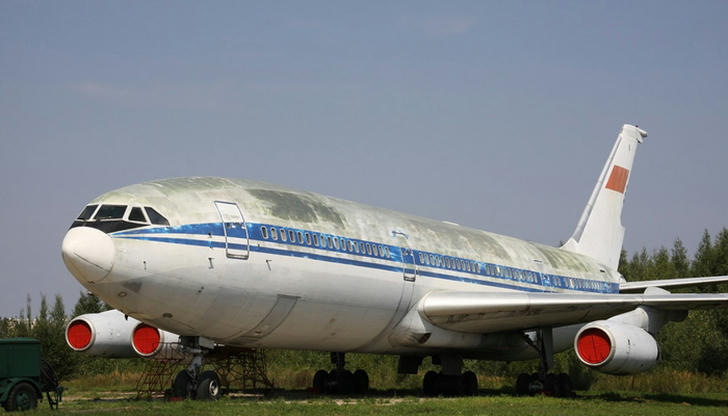
In general, retired planes will be disassembled and destroyed, and there are about three retired planes being shredded each day. Campbell believed it was a great squandered opportunity and decided to show that these airplanes could get a second life as residential homes.
Campbell had a passion for aviation, and he realized the enormous inside space a Boeing 727 can offer without any seats or passengers. The cabin and cockpit provide about 1,066 square feet of living space, and there is also extra space offered by two sizable cargo holds and equipment bays. He had no trouble converting that retired Boeing 727 into a home!
Moving Was A Tough Task
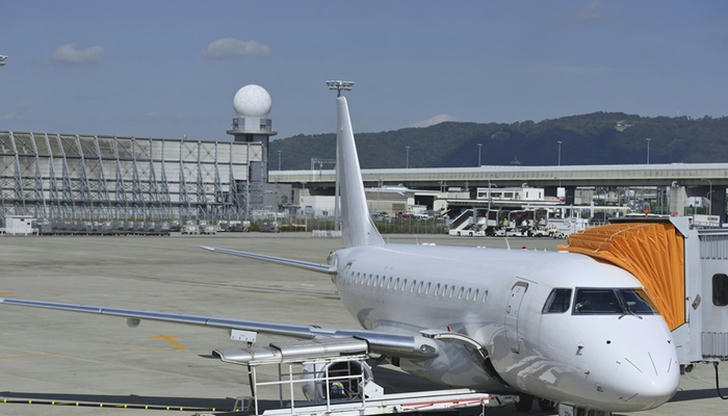
It was a challenging task to move the plane to its current location, a 10 acres of wooded land that Campbell spent $23,000 in his early 20s. Campbell hired some local contractors to haul it, and they had to remove the wings and tail before pulling the airplane along regular roads.
Portland is prone to earthquakes, so the plane was positioned on support concrete pillars, which were specially designed to ensure the aeroplane house's safety during some natural disasters. The wheels were completely kept and simply placed on top of the landing gear support pillars.
Keep The Original Features
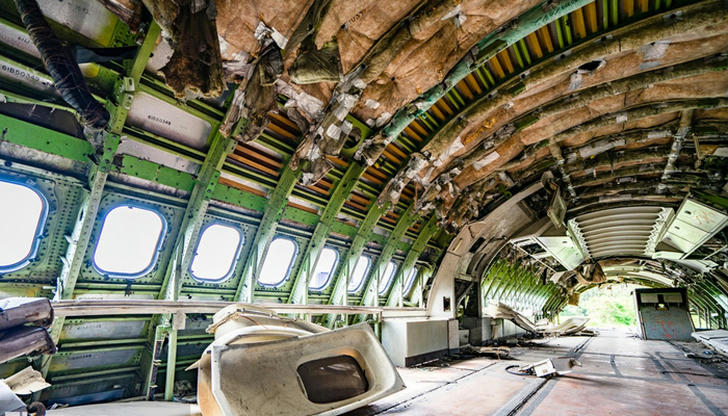
Campbell enters the plane house via its retractable staircase. According to Campbell, making unnecessary changes was a disrespect. He described the Boeing's design and construction as "a whale of a class act and has my full rationally founded respect". Therefore, he kept it wherever possible.
The interior of airplane was basically preserved except for the most of passenger seats were removed for larger space. You can see the original windows, seats, and light fixtures (replaced with more efficient bulbs), as well as the titanium air ducts with welded seams. The cockpit became his "cyber office".
About Interior Transformation
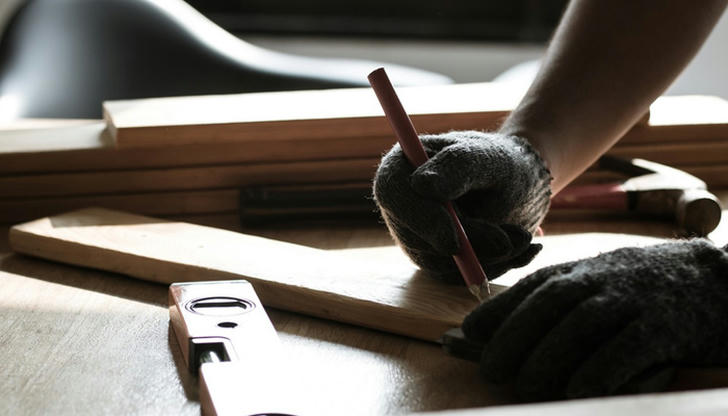
Actually, Campbell only did some small adjustments to make the airplane livable. It already had connection ports for clean water and sewage, so no big plumbing modifications required. He added polyethylene water pipes and plumbing fixtures for washing machine, multi-use sink, and simple shower.
There was one thing Campbell did change, though — the floor. He used see-through acrylic panels that can clearly showed the aft cargo compartment and its specialist components of the plane.
A Simple But Unique Lifestyle
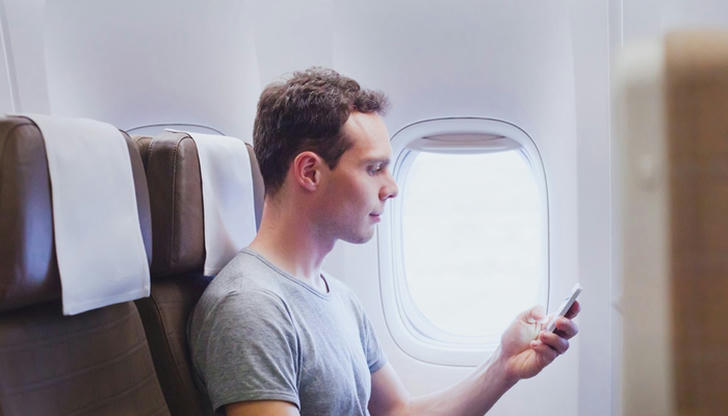
Campbell's main living area is the aircraft's aft compartment. It locates towards the back tail and has a large desk where he works. His kitchen, bathroom, and bedroom are all situated in the spacious area.
Campbell has a simple fold-away futon, which serves as his bed at night and sofa during the day. A useful space-saving option for the small living area. His kitchen is small but functional where he can use the microwave or toaster for basic meals. All of his canned foods are stored in an original serving cart.
Ingenious Idea Of Living

The total costs of Campbell's dream home is $220,000, including the plane, moving and modifications. He lives about 6 months in Japan every year, so he is now considering a Boeing 747-400, which is almost three times larger than his 727 and can serve as his new residence in Miyazaki, Japan.
In order to introduce his airplane home to more people and promote this unique living style, Campbell started welcoming visitors for sightseeing and hosted "Concert on a Wing". According to him, "Nothing compares to the exhilaration and satisfaction provided by an aerospace-class home".

